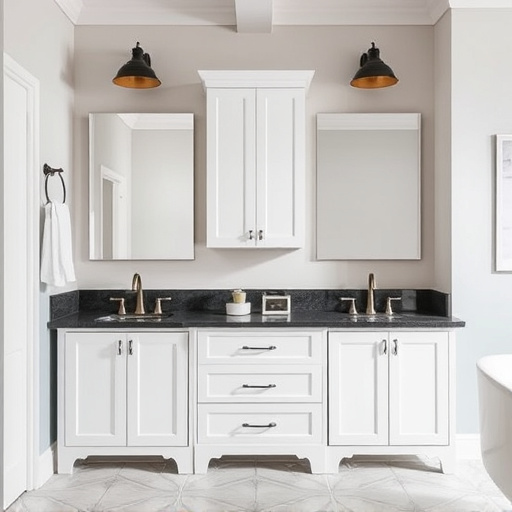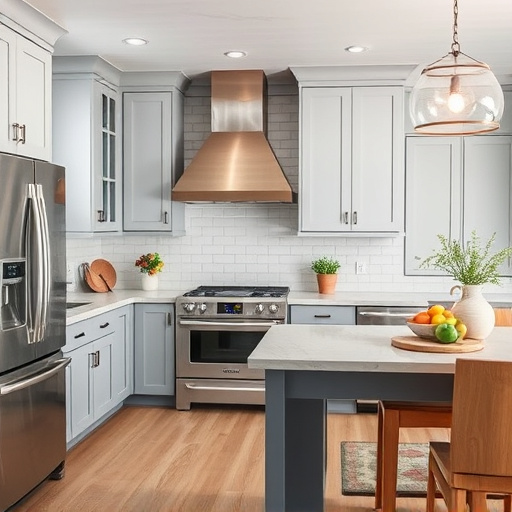TL;DR:
Successful hardwood flooring installation requires thorough preparation. This includes room assessment, measurement, and notating unique features, as well as choosing suitable flooring types and methods. Essential pre-installation tasks involve repairing and leveling subfloors, implementing moisture control measures, and understanding floor plan & traffic patterns for optimal functionality and aesthetic appeal. Consulting professionals is crucial for older homes or areas with high humidity. Proper planning ensures seamless integration during home or kitchen renovations.
“Looking to install hardwood flooring but want to avoid common mistakes? This guide is your compass. From preparation to aftercare, we break down the top blunders to steer clear of, ensuring a flawless transition. Discover the secrets to successful installation: assess floor suitability, plan for traffic patterns, and choose the perfect hardwood. Learn from installation pitfalls like improper measurements and subfloor prep. Finally, master maintenance routines to keep your new floors vibrant and durable.”
- Preparation and Planning: Laying the Groundwork for Success
- – Assessing your home's suitability for hardwood flooring
- – Understanding your floor plan and traffic patterns
Preparation and Planning: Laying the Groundwork for Success
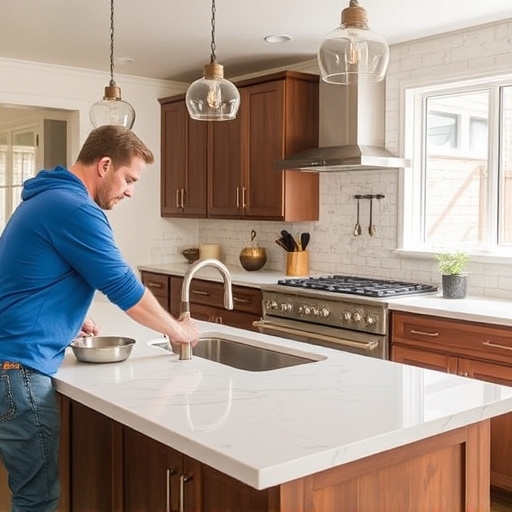
Before installing hardwood flooring, thorough preparation and planning are essential for achieving a successful outcome. This involves assessing your space, considering the layout, and understanding the scope of the project. Create a detailed plan by measuring rooms, notating any unique features or obstacles, and deciding on the type of hardwood and installation method suitable for each area. Proper preparation ensures that your floor replacements fit seamlessly into your home remodeling or kitchen renovations without unexpected challenges.
Additionally, ensure your subfloor is in optimal condition to support the new flooring. Address any repairs, level out uneven surfaces, and consider moisture control measures to prevent future issues. Adequate planning will set a solid foundation for your hardwood flooring installation, leading to better results and fewer headaches down the line.
– Assessing your home's suitability for hardwood flooring
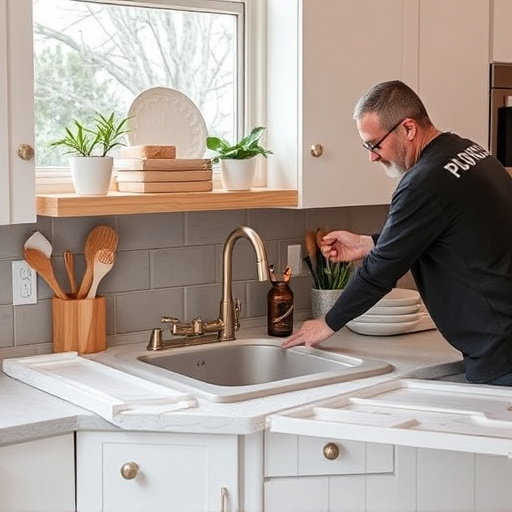
Before you begin your hardwood flooring installation journey, it’s crucial to assess if your home is truly a great fit for this timeless and elegant flooring option. Hardwood floors can transform both aesthetics and functionality in living spaces, but not all areas within a home are created equal when it comes to their installation. For instance, poorly ventilated or humid spaces like bathrooms might not be the best candidates due to potential warping or damage caused by moisture.
Furthermore, older homes with existing issues such as structural problems or uneven floors may require significant preparation and could pose challenges during installation. On the other hand, newer homes offer a more level playing field, allowing you to create beautiful and functional spaces through hardwood flooring. Remember, seeking advice from professional home improvement services can be invaluable in determining the suitability of your property for this type of renovation, especially when considering areas like bathrooms where proper moisture control is paramount for long-lasting hardwood floors.
– Understanding your floor plan and traffic patterns
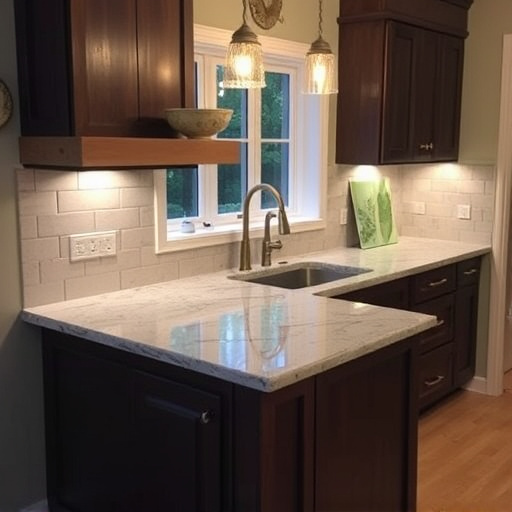
Before beginning any hardwood flooring installation project, it’s crucial to thoroughly understand your floor plan and anticipate traffic patterns. This step is often overlooked but can significantly impact the final result. By carefully considering the layout of your space, you can make informed decisions about where to place the floors for maximum functionality and aesthetic appeal. For instance, in high-traffic areas like kitchens or entryways, durable hardwood varieties and proper installation techniques are essential to withstand regular use.
Additionally, understanding traffic patterns helps in optimizing the placement of different types of flooring. In a customized home renovation, for example, kitchen renovations often require resilient flooring options that can handle spills and heavy foot traffic. Customized work should also consider the overall design flow, ensuring that hardwood flooring complements and enhances the intended look and feel of each space.
When installing hardwood flooring, careful preparation and planning are key to avoiding common mistakes. By assessing your home’s suitability and understanding traffic patterns, you can ensure a successful and long-lasting installation. Remember, proper planning prevents poor results, so take the time to strategize before diving into this rewarding home improvement project.








